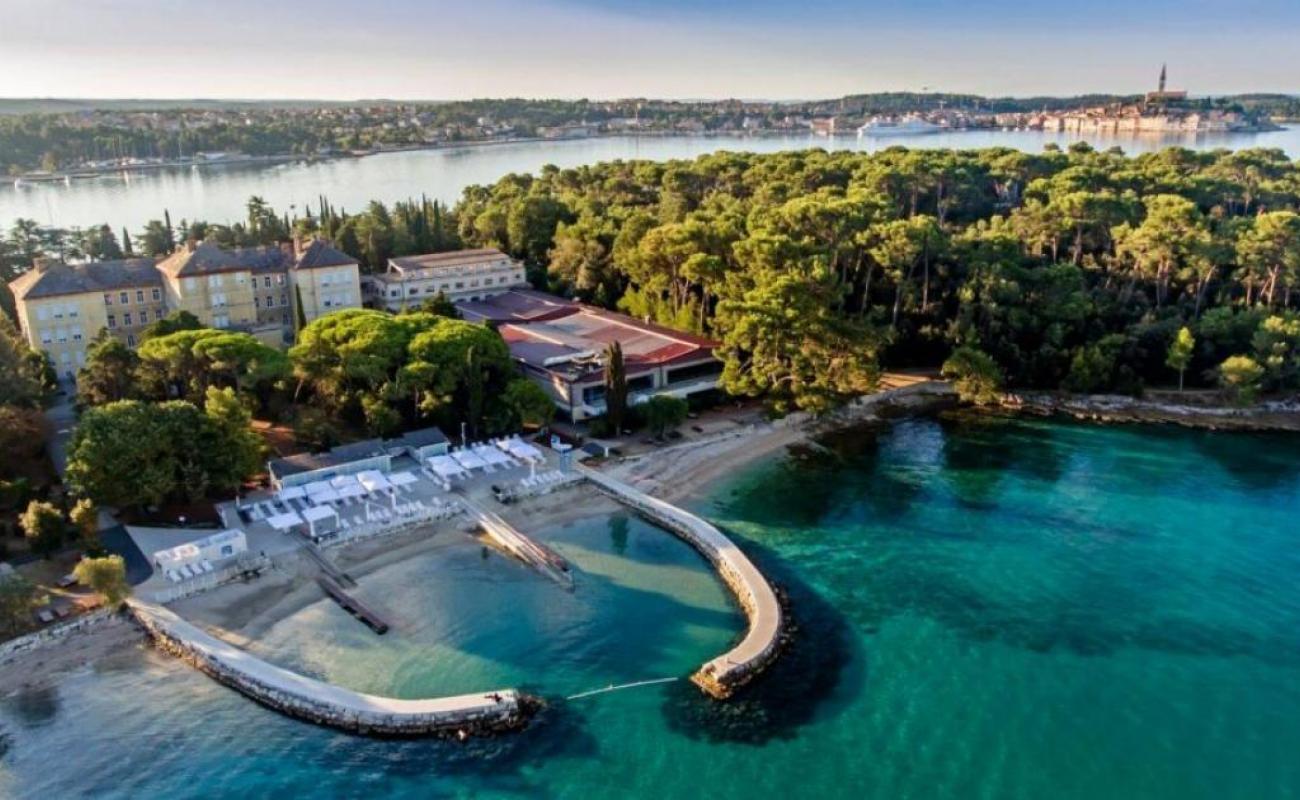Croatia brings the energy of the sea to heritage buildings

Today, the Croatian city of Rovinj announced one of the first heat pump projects harnessing the power of the sea in the country. The heat pump will power the Special Hospital for Orthopedics and Rehabilitation "Martin Horvat" Rovinj-Rovigno.
The project was financed through the European Economic Area, with funds from Norway, Iceland and Lichtenstein and it cost 955,000 euros. The Sea for Energy Heritage Transition, as the project is called, aims to bring sustainable energy to architectural heritage buildings with minimal outside intervention, preserving their outlook, while allowing for more energy independence.
According to a statement by the city, the two hospital buildings in Rovinj are currently using oil heaters, which also come with an architecturally invasive system of pipes, spanning the inside and outside of the building.
With the addition of the heat pump, which will use energy directly from the sea, authorities will be able to remove that whole system. On the one hand, the heat pumps will not need external pipes, leading to less loss of energy in the winter, and also, and also will be able to interact with the buildings’ existing pipe system.
Moreover, installing the system would require a dedicated basement room, however, it could simply take up the space previously held by the oil heaters.
The heat pumps will be able to power 100% of the building’s water needs, which would allow for greater energy independence, harnessing the energy in its ‘backyard’ port. It would produce 25 to 100 kilowatts of energy.
The project is also supported by the Istrian Regional Energy Agency (IRENA). They help local authorities with expertise in using EU and EEA funds, as well as with the use of the sea to expand energy transition goals, especially in protected buildings.
